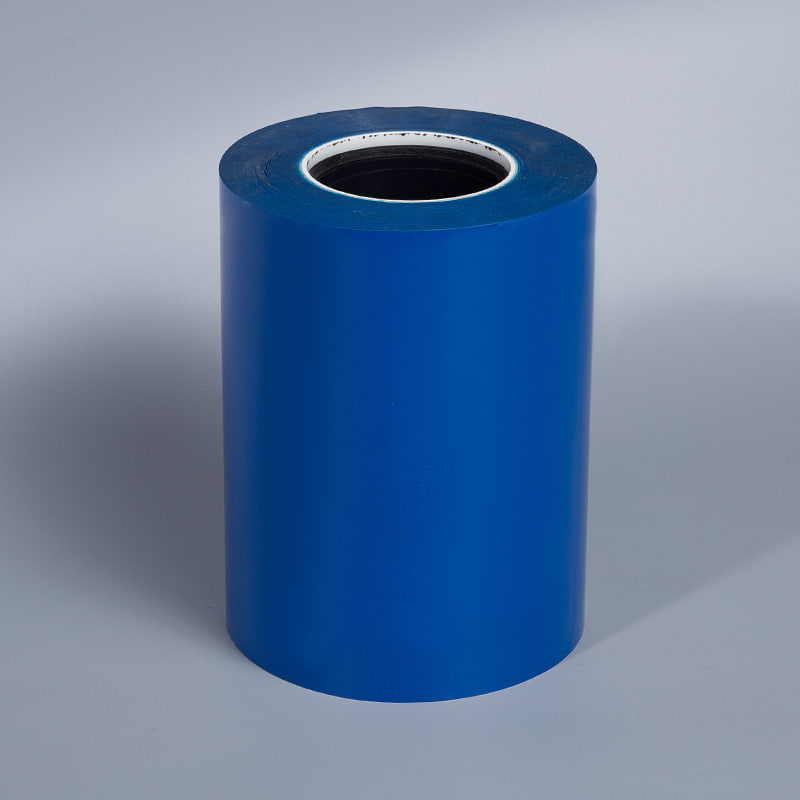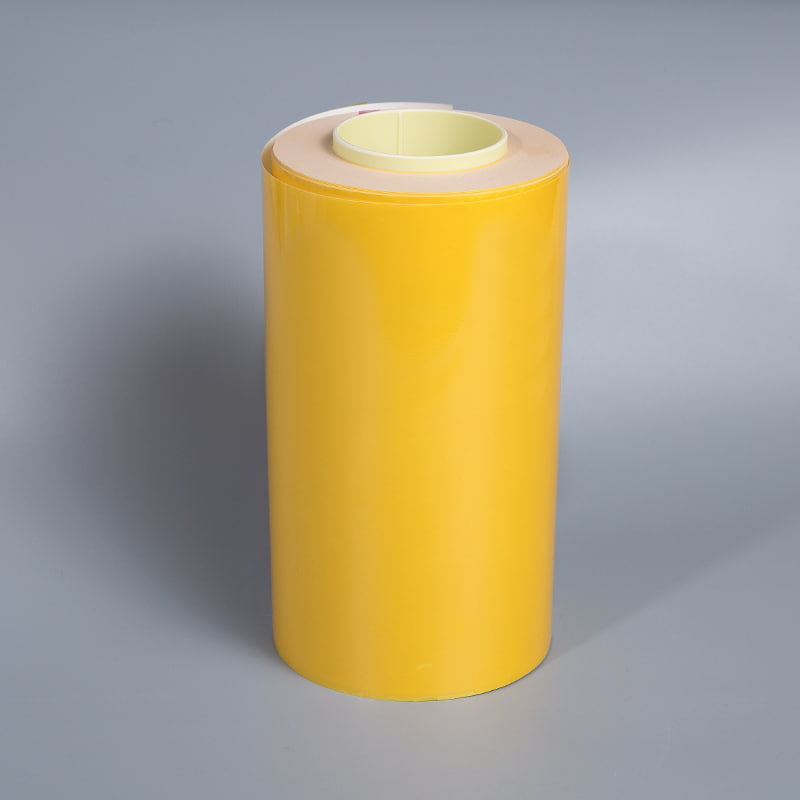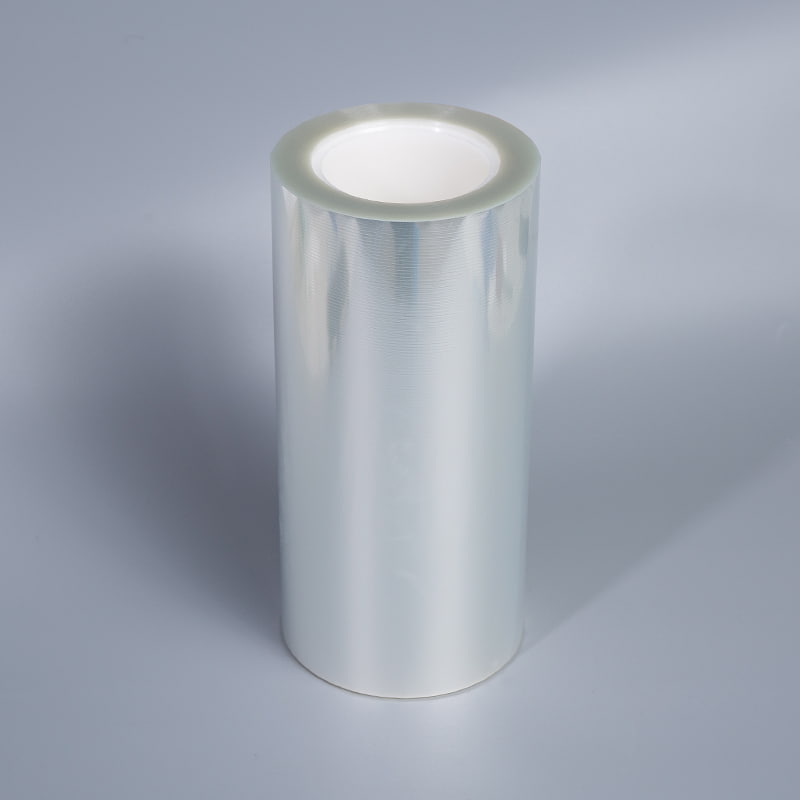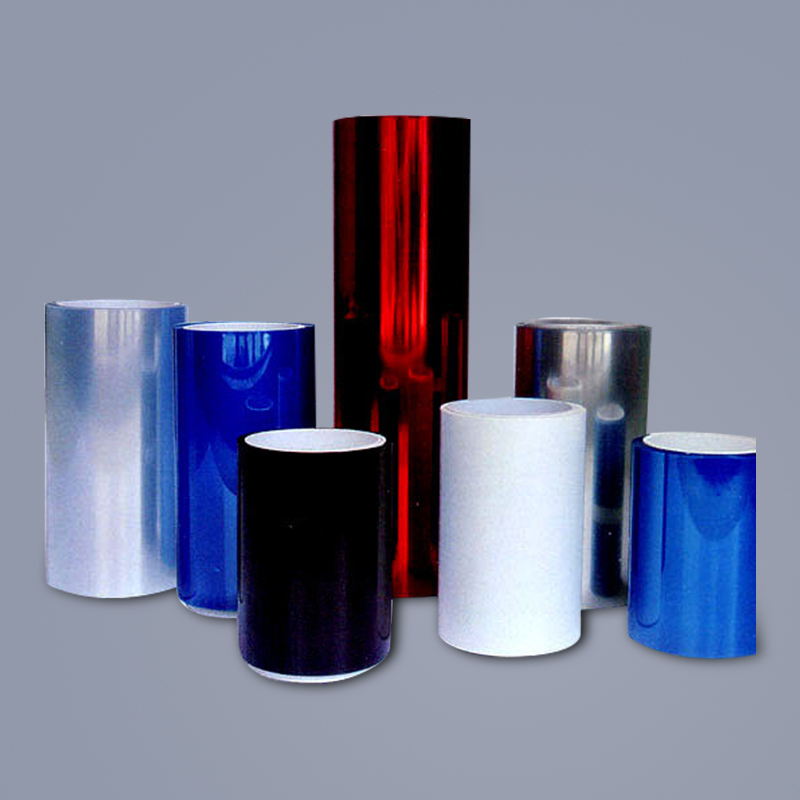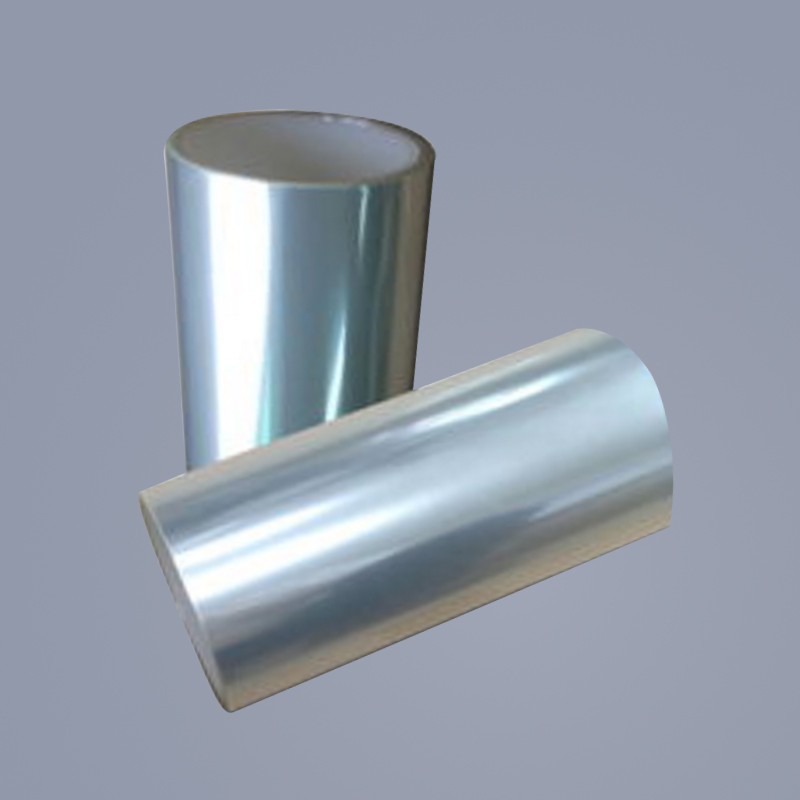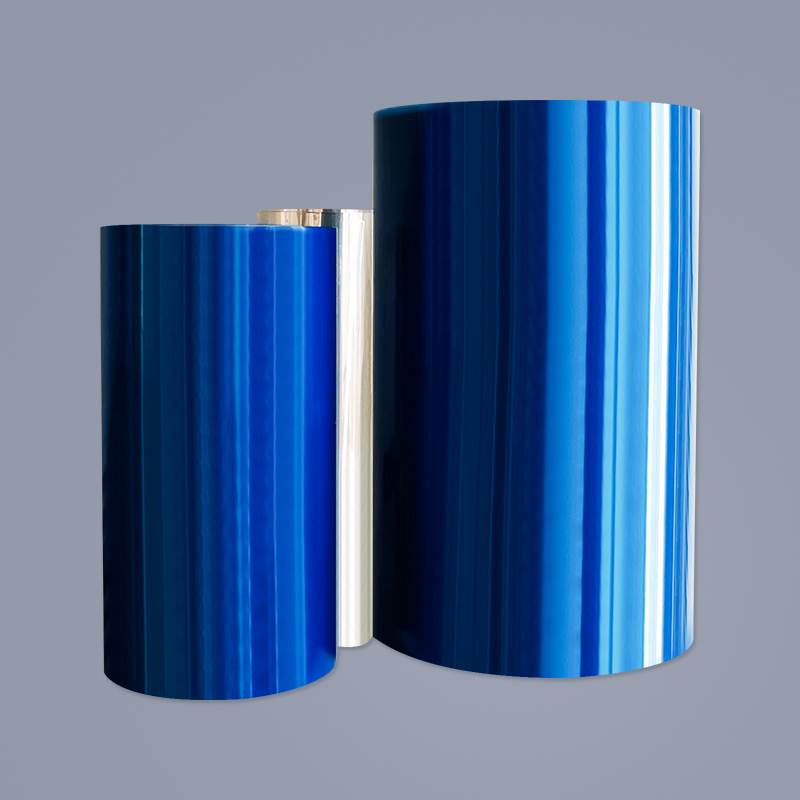PET (Polyethylene Terephthalate) polyester printing films are widely used in various industries due to their durability, clarity, and excellent printability. These films are known for their high tensile strength, chemical resistance, and dimensional stability, making them ideal for applications ranging from packaging to industrial labeling. This article explores the properties, manufacturing processes, key applications, and market trends of PET polyester printing films.
Properties of PET Polyester Printing Films
PET films offer several advantageous properties, including:
High Tensile Strength: Resistant to tearing and stretching, ensuring durability.
Excellent Clarity & Gloss: Provides a superior printing surface for high-quality graphics.
Chemical Resistance: Withstands exposure to oils, solvents, and moisture.
Thermal Stability: Maintains integrity under high temperatures, making it suitable for thermal transfer printing.
Dimensional Stability: Resists shrinking or warping, ensuring precise printing alignment.
Manufacturing Process
PET polyester films are produced through an extrusion process:
Polymerization: PET resin is synthesized from ethylene glycol and terephthalic acid.
Extrusion: The molten PET is extruded into a thin sheet.
Stretching: The film is biaxially oriented (BO-PET) to enhance strength and clarity.
Coating (Optional): Some films receive additional coatings (e.g., adhesive, matte, or printable layers) for specific applications.
Key Applications
1. Packaging
Used for flexible packaging, labels, and lamination due to its barrier properties.
Common in food, pharmaceutical, and consumer goods packaging.
2. Printing & Graphics
Ideal for digital, screen, and offset printing applications.
Used in banners, posters, and promotional displays.
3. Industrial Uses
Applied in electrical insulation, protective films, and automotive components.
4. Specialty Films
Includes heat-resistant films for electronics and optically clear films for touchscreens.
Market Trends
Sustainability: Growing demand for recyclable and biodegradable PET alternatives.
Digital Printing Growth: Increased adoption of PET films in high-resolution digital printing.
Asia-Pacific Dominance: China and India lead production and consumption due to expanding packaging industries.


